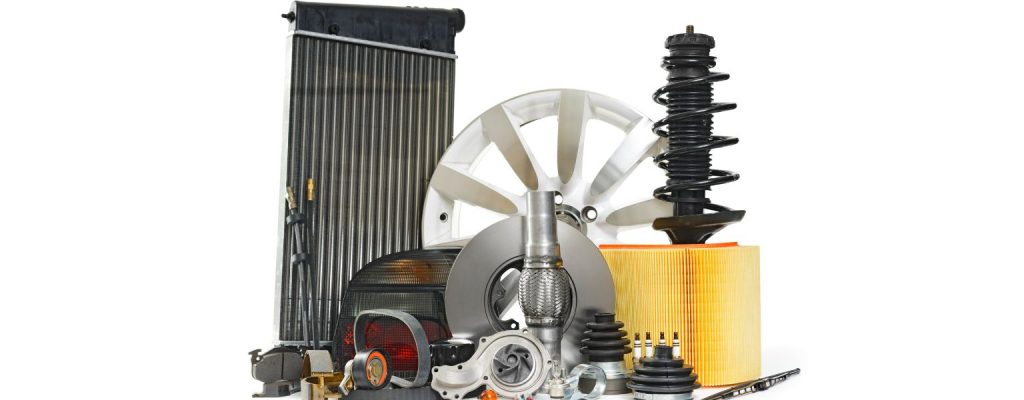How are rubber parts manufactured?
Rubber parts are manufactured through a process called rubber molding. There are various methods used in rubber molding, with the most common being compression molding, injection molding, and transfer molding. Here’s an overview of the general process:
- Material Preparation: The process begins with raw rubber material, which is usually in the form of pellets, sheets, or liquid rubber compounds. The rubber is mixed with additives, such as curing agents, accelerators, and fillers, to achieve the desired properties.
- Molding Process:
a. Compression Molding: This method involves placing the prepared rubber material into a heated mold cavity. The mold is closed, and pressure is applied to compress the material. Heat and pressure aid in the curing or vulcanization process, where the rubber solidifies and takes the shape of the mold. After curing, the mold opens, and the finished rubber part is removed.
b. Injection Molding: Liquid rubber material is heated and injected into a mold cavity under high pressure. The material fills the mold’s shape and is cured to solidify. Once the curing is complete, the mold opens, and the formed rubber part is ejected.
c. Transfer Molding: Similar to compression molding, this method involves a heated mold. However, the rubber material is placed in a chamber adjacent to the mold cavity. Under pressure, the material is forced into the mold cavity through a canal system, where it cures and forms the desired shape. After curing, the molded part is removed.
- Post-Processing: After the rubber part is removed from the mold, it may undergo additional processes such as trimming excess material, surface finishing, or applying coatings if needed.
- Quality Control: Inspection and testing ensure that the manufactured rubber parts meet the required specifications and quality standards. This may involve dimensional checks, hardness testing, visual inspection, and other quality assurance measures.
The choice of molding method depends on the complexity of the part, production volume, and specific requirements for the rubber part’s properties, tolerances, and surface finish. Each method has its advantages and is suitable for different applications in industries like automotive, aerospace, medical, consumer goods, and more.
The vital role of rubber gaskets in your vehicle
Rubber gaskets are the unsung heroes of your vehicle, silently working to keep fluids in, contaminants out, and ensuring optimal performance. Below, we delve into the crucial role that rubber gaskets play in maintaining the integrity of your vehicle’s systems and preventing leaks that could otherwise disrupt its functionality.
The Importance of Sealing:
Rubber gaskets act as seals in various critical components of your vehicle, including the engine, transmission, and fluid systems. They provide an airtight and watertight barrier between mating surfaces, preventing leakage of fluids such as oil, coolant, and fuel. By creating a secure seal, these gaskets help maintain proper pressure, prevent contamination, and contribute to the overall efficiency of your vehicle.
Types of Rubber Gaskets:
There’s a diverse range of rubber gaskets tailored for specific applications in vehicles. From cylinder head gaskets to intake manifold gaskets, valve cover gaskets, and more, each serves a unique purpose in sealing off different areas of the engine and other vital systems. Understanding the specific roles of these gaskets can provide insight into their significance in maintaining optimal vehicle performance.
The Seal’s Challenges:
Over time, rubber gaskets can degrade due to exposure to heat, pressure, and chemical elements. This degradation might lead to leaks or failure in sealing, potentially causing issues within the vehicle’s systems. Regular maintenance and timely replacement of worn-out gaskets are crucial to preventing leaks and ensuring continued efficiency.
Choosing Quality Gaskets:
Investing in high-quality rubber gaskets can significantly impact the reliability and longevity of your vehicle. Quality gaskets made from durable materials and designed to withstand extreme conditions offer better sealing properties, reducing the risk of leaks and potential damage to critical components.
Maintenance Tips:
Proper maintenance practices, including regular inspections, fluid checks, and timely gasket replacements, can prevent unforeseen issues arising from deteriorated seals. Paying attention to signs such as fluid leaks, unusual odors, or changes in engine performance can signal the need for gasket inspection and replacement.
Rubber gaskets may seem like small components, but their role in preventing leaks and maintaining the integrity of your vehicle’s systems is monumental. Understanding their significance and ensuring their proper maintenance is key to keeping your vehicle running smoothly and reliably for years to come.
At Crosslink Rubber, we offer a range of premium-quality rubber gaskets designed to meet the demands of modern vehicles. Our commitment to quality ensures that your vehicle remains sealed and performs optimally, providing you with a smooth and worry-free driving experience.

